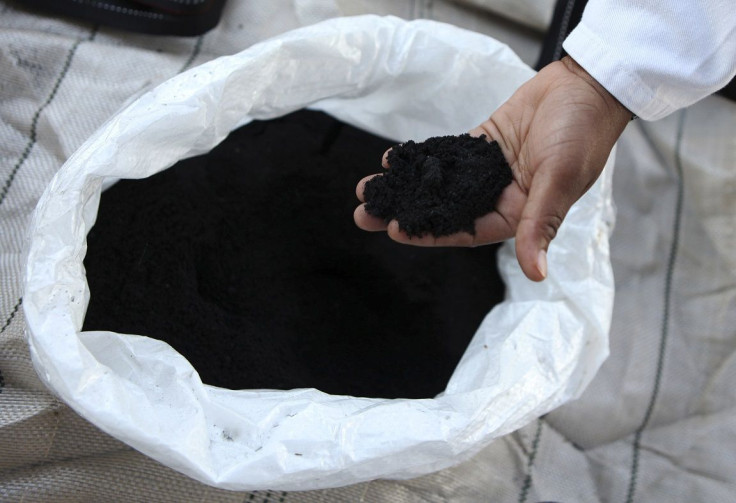Base metal prices to remain at current value for ‘a while’

The multilayer slump that has been discouraging metals investors since January this year could continue for a while, economists said. The recent commodity quandary, brought on by weak economic data from China and the ongoing political and economic crisis in the Eurozone, is also stifling economic expansion in other emerging and advanced markets.
“The balance between weaker demand and steady increase in supply suggests that the metals market is likely to see a continued glut,” said two top IMF commodities economists, Rabah Arezki and Akito Matsumoto, in a blog post.
Recent IMF calculations showed that industrial production fluctuations in China, which has become weaker after the market rout in July, account for almost 60 percent of metal prices. Although this has encouraged the government to depend more on consumption than on investment, many industrial metal consumers are still reluctant to go back to their old consumption habit because of the precarious global market.
Some stainless steel producers don’t see the point in buying more metal commodities as industries depending on their products — including companies in the automotive, engineering and construction industries — are also experiencing the repercussions of the rout and recent yuan devaluations in the past weeks.
“Add to that: a forecast for base-metal production capacity to remain relatively robust in the near future, and ample supply is therefore likely to continue pushing metal prices further down,” the IMF economists pressed.
However, the economists also believe that the key to a better base metals price run in the remaining months of the year is improved economic data from China that would restore the demand segment, a weaker American dollar value, and suppressed supply segment brought by the continued ore prohibition in Indonesia.
On the other hand, the precarious supply segment has encouraged many future producers to consider postponing their plans of putting their products on the global market.
Amur Minerals (London AIM: AMC) , a Russia-based nickel firm that has just obtained pre-production licence from the government last May, has decided to build its own smelting plants first so that it could sell cheaper but high-quality ore on the market in the near future.
On last trading, base metals prices on the London Metal Exchange ended up mixed due to various global cues and the approaching Federal Open Market Committee meeting that will happen this week.
The meeting will focus on whether it is high time to raise the Federal Funds rate, the first rate adjustment in nearly a decade.
“ The Fed’s increase has been expected for so long that it is already built in to current equity prices,” Judith Ward, a senior financial planner and vice president of T. Rowe Price Investment Services, told Reuters .
On LME, three-month copper price closed higher by US$21.5 or 0.41 percent to US$5,327.5 per tonne, while three-month aluminium price closed weaker by US$15.5 or 0.95 percent to US$1,610.5 a tonne. The three-month lead price closed higher at 0.90 percent at US$15 to 1,686 a tonne.
The three-month tin price remained stagnant at US$15,550 a tonne, and the three-month zinc price closed at US$31 or 1.76 percent to US1,731 U.S. a tonne.
Lastly, the three-month unofficial nickel price improved by 0.30 percent at US$30 to US$9,990 U.S. dollars a tonne.
US$1 = AU$1.40
Contact the writer at feedback@ibtimes.com.au, or let us know what you think below.






